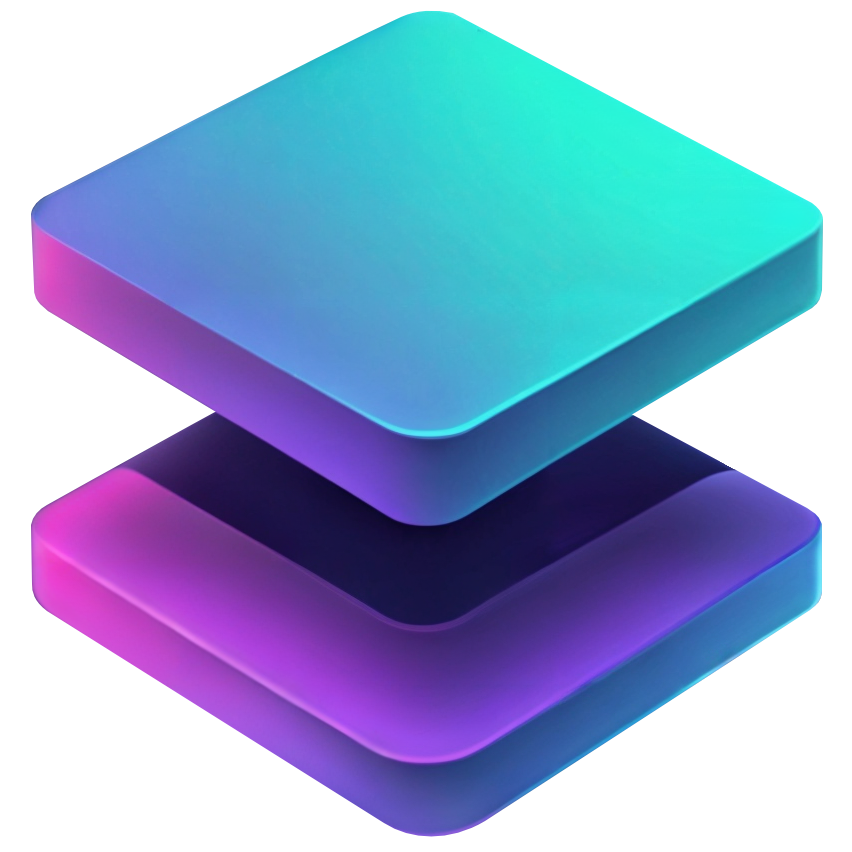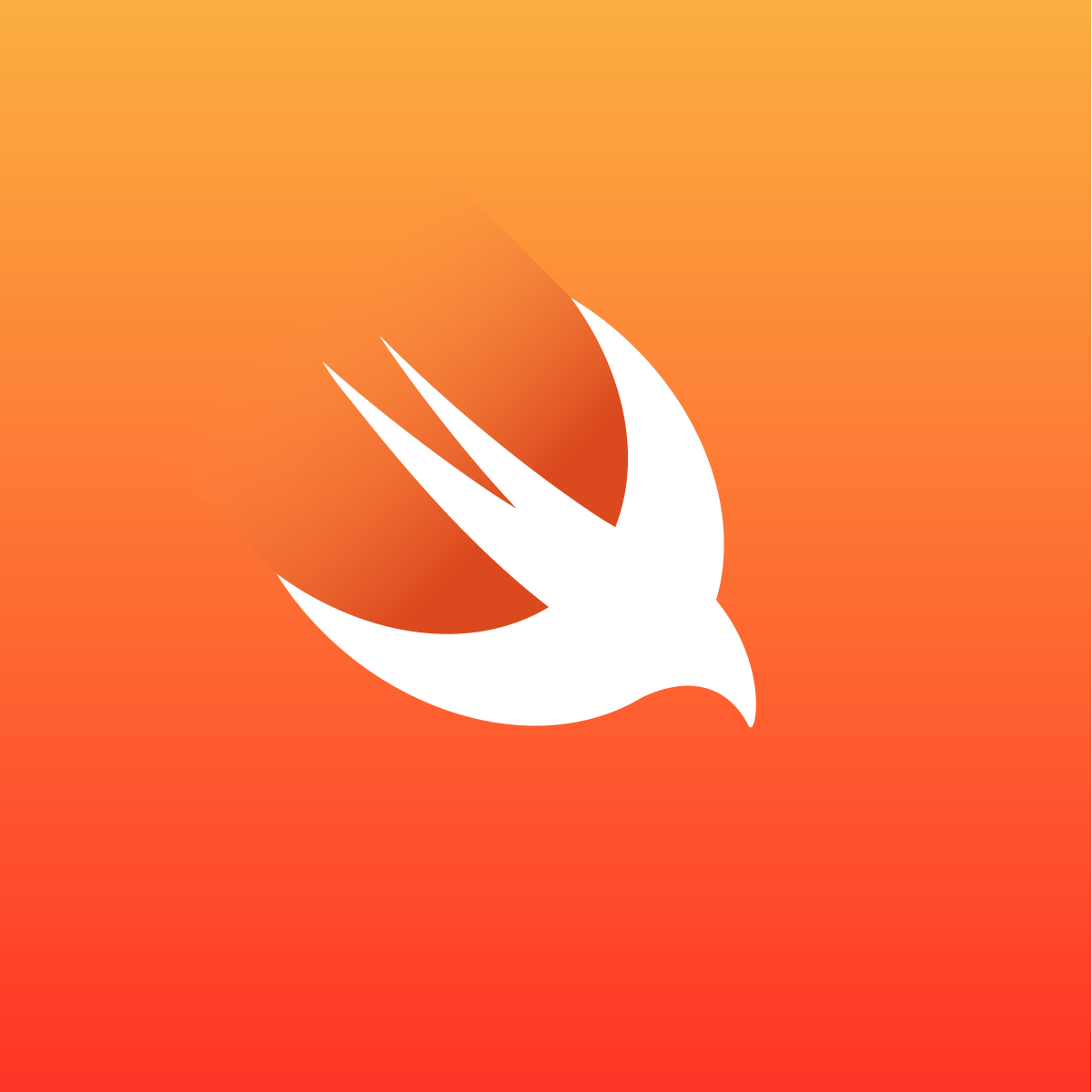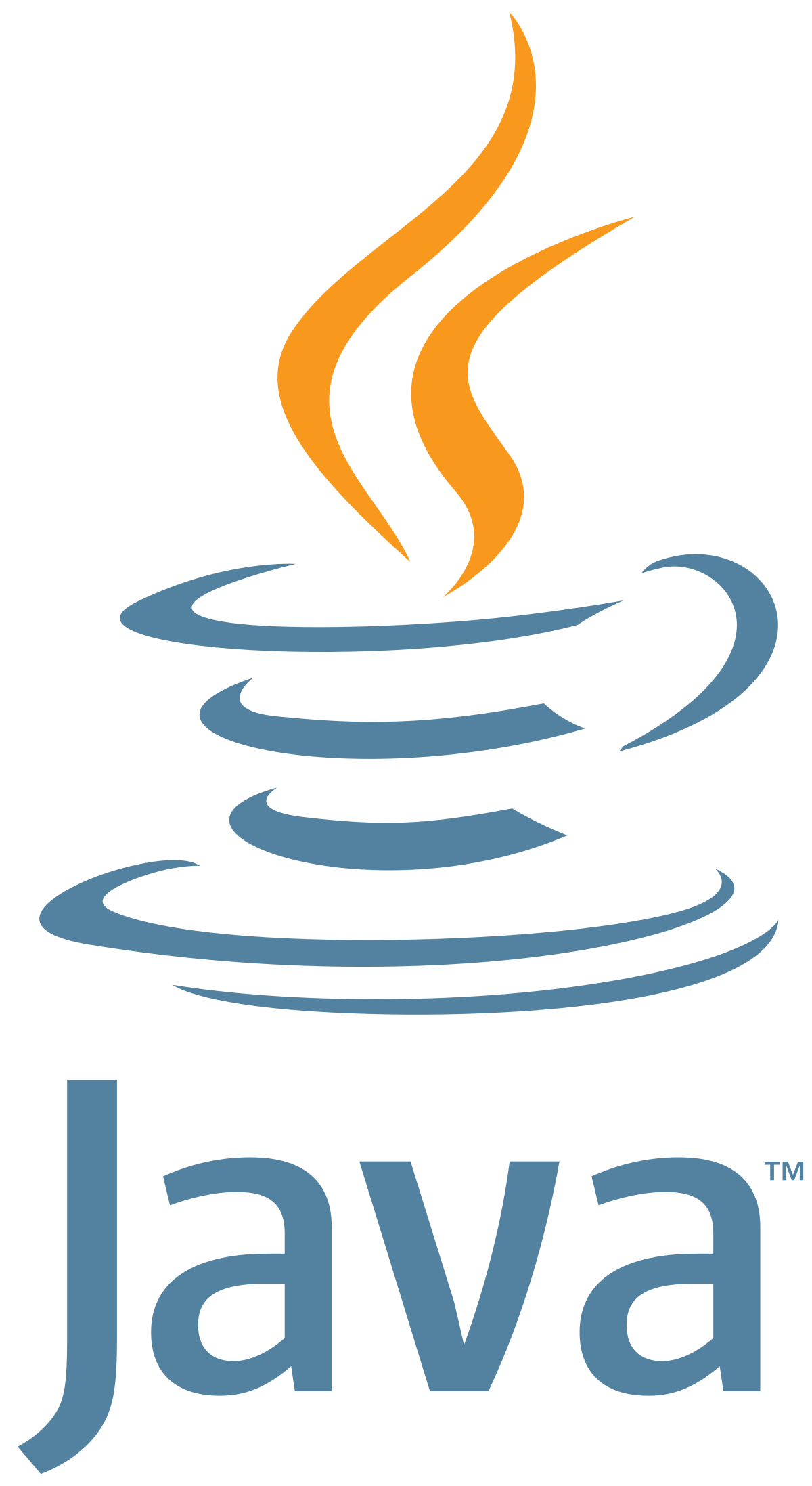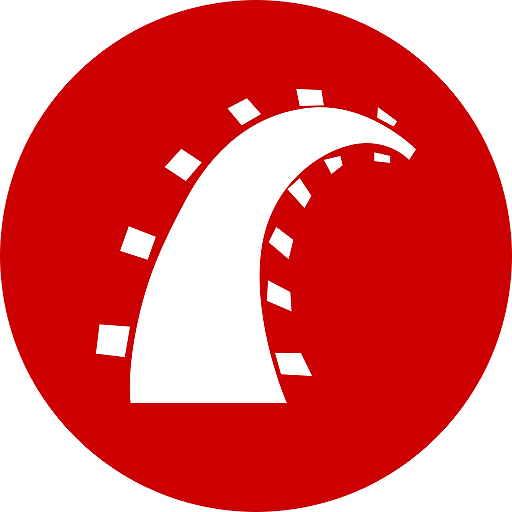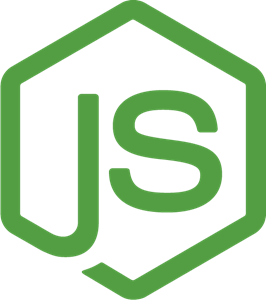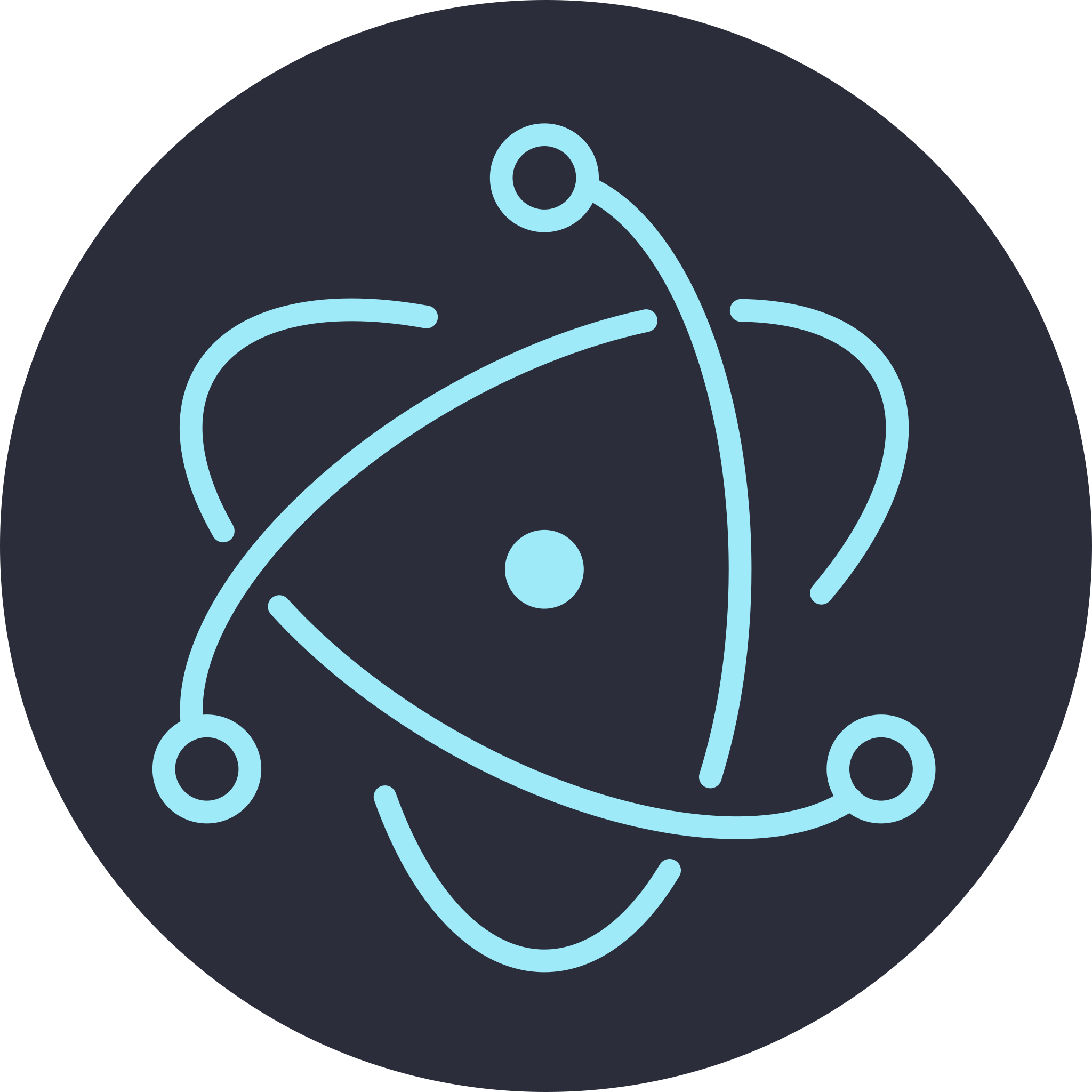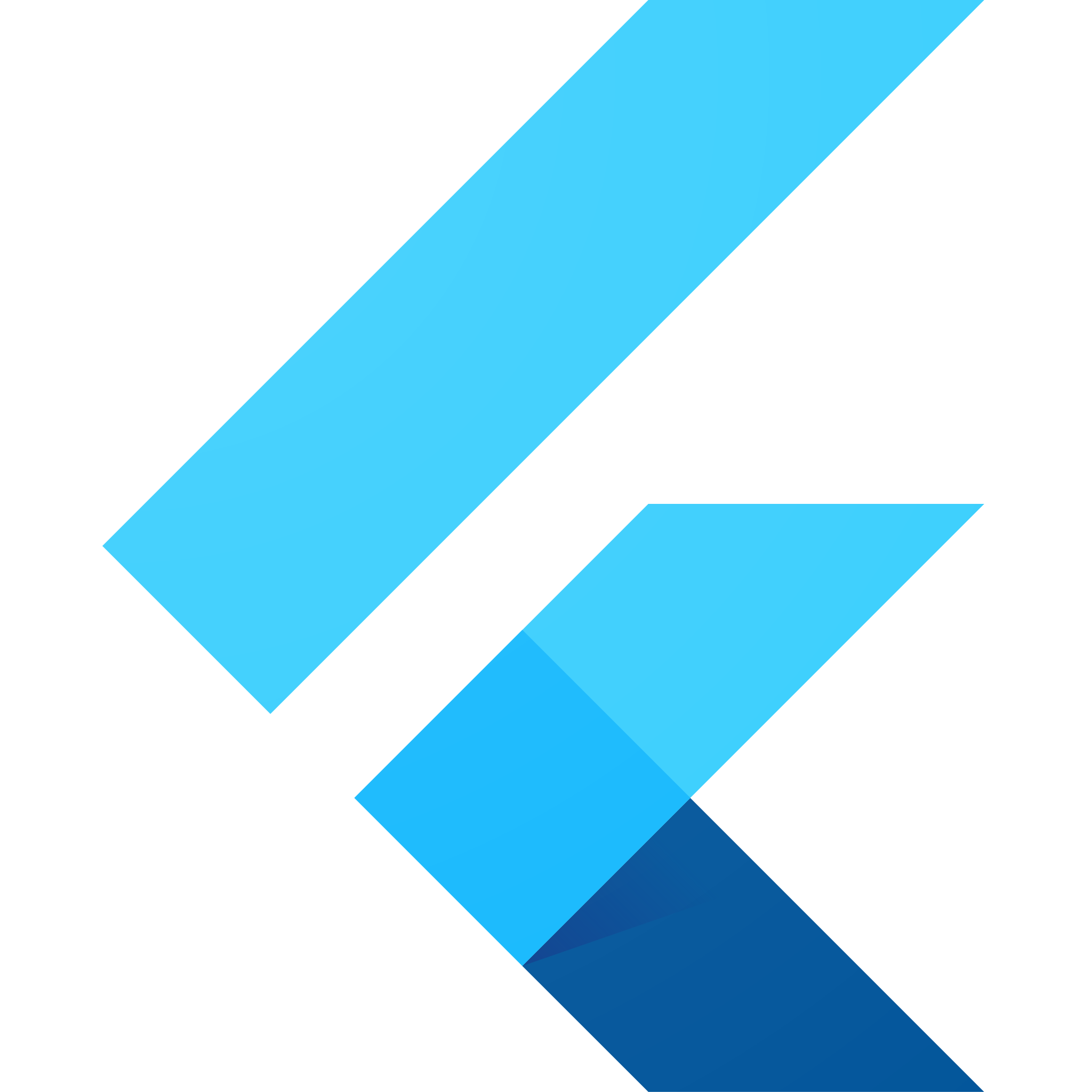Tech Stacks
You will learn about the different ways you can combine technology to create an application.
What is a Tech Stack?
A tech stack, or technology stack, is the collection of technologies used to build and run a software application or system. It's made up of many different components, including:
- Programming languages
- Frameworks
- Libraries
- Databases
- APIs
- Front-end and back-end tools
How to Choose?
Choosing the right tech stack is a critical decision in any software development project. The tech stack determines the tools, frameworks, and programming languages that will be used, and it can significantly impact the project's success, scalability, and maintainability. In this blog post, we'll explore the key considerations for choosing a tech stack and provide examples of popular stacks for various types of projects.
Key Considerations for Choosing a Tech Stack
- Project Requirements: Understand the specific needs of your project. Are you building a web application, a mobile app, or a data-driven system? The requirements will influence your choice of technologies.
- Scalability: Consider how your project might grow over time. Choose technologies that can scale efficiently with your user base and data volume.
- Performance: Evaluate the performance needs of your application. Some technologies are better suited for high-performance applications than others.
- Developer Expertise: Leverage the existing skills and expertise of your development team. Choosing a stack that your team is familiar with can speed up development and reduce learning curves.
- Community and Support: A strong community and active support can be invaluable. Technologies with large communities often have extensive documentation, tutorials, and third-party libraries.
- Cost: Consider the cost implications of different technologies, including licensing fees, hosting costs, and development time.
- Maintenance: Think about the long-term maintenance of your application. Choose technologies that are stable, well-documented, and have a clear roadmap.
In a Nutshell
Choosing the best tech stack for your project involves careful consideration of your specific needs, scalability, performance requirements, developer expertise, community support, cost, and long-term maintenance. Whether you opt for Python, Ruby on Rails, Java, or a full-stack JavaScript solution, each tech stack has its strengths and can be the right choice for the right project. By evaluating these factors and leveraging the examples provided, you can make an informed decision that aligns with your project goals and sets you up for success. There are many technologies one could use to make an app.
Backend Languages
Backend Web Frameworks
Desktop Frameworks
Mobile Frameworks
Deployment Platforms
Examples of Popular Tech Stacks
Let's explore some popular tech stacks for various types of projects, including Python, Ruby on Rails, and Java.
Python Tech Stack
Python is known for its simplicity and readability, making it a popular choice for web development, data science, and automation.
Web Development:
- Framework: Django or Flask
- Database: PostgreSQL or MySQL
- Frontend: HTML, CSS, JavaScript (React or Vue.js)
- Example: Instagram uses Django for its backend.
Data Science:
- Libraries: Pandas, NumPy, SciPy, scikit-learn, TensorFlow
- Data Visualization: Matplotlib, Seaborn, Plotly
- Example: Spotify uses Python for data analysis and backend services.
Ruby on Rails Tech Stack
Ruby on Rails, often simply called Rails, is a powerful framework for building web applications quickly and efficiently.
- Web Development:
- Framework: Ruby on Rails
- Database: PostgreSQL or MySQL
- Frontend: HTML, CSS, JavaScript (Stimulus or React)
- Example: GitHub and Airbnb use Ruby on Rails for their web applications.
Java Tech Stack
Java is a versatile, high-performance language commonly used for enterprise-level applications and Android development.
Enterprise Web Applications:
- Framework: Spring Boot
- Database: PostgreSQL, MySQL, or Oracle
- Frontend: HTML, CSS, JavaScript (Angular or React)
- Example: LinkedIn uses Java for its backend services.
Android Development:
- IDE: Android Studio
- Libraries: Retrofit, Glide, Room
- Example: The majority of Android applications are built using Java or Kotlin (Java's modern counterpart).
Full-Stack JavaScript Tech Stack
JavaScript is unique in that it can be used for both frontend and backend development, making it possible to use a single language for the entire stack.
- Web Development:
- Frontend Framework: React, Angular, or Vue.js
- Backend Framework: Node.js with Express
- Database: MongoDB or PostgreSQL
- Example: Netflix uses Node.js for its backend services.
MEAN/MERN Stack
The MEAN (MongoDB, Express, Angular, Node.js) and MERN (MongoDB, Express, React, Node.js) stacks are popular for building dynamic, single-page applications.
MEAN Stack:
- Database: MongoDB
- Backend Framework: Express.js
- Frontend Framework: Angular
- Server Environment: Node.js
- Example: Angular applications, often used for enterprise-level apps.
MERN Stack:
- Database: MongoDB
- Backend Framework: Express.js
- Frontend Framework: React
- Server Environment: Node.js
- Example: React applications, favored for their flexibility and performance.
